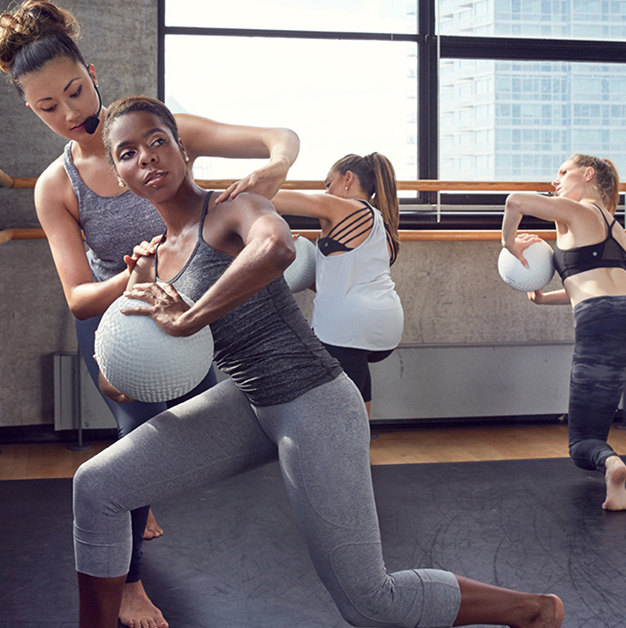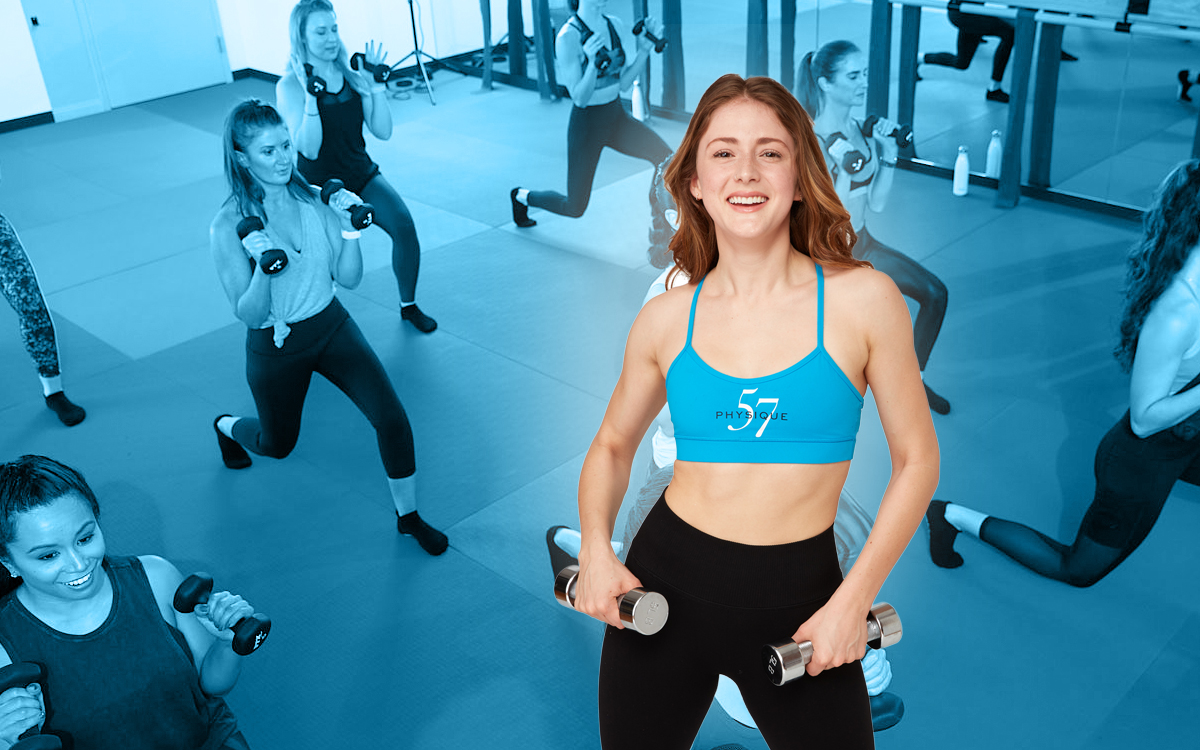Box jumps, jump squats, lunge jumps, and burpees — you’ve probably seen these explosive moves at the gym and thought, ‘Whoa, only for athletes.’
But before you write them off as too intense, let’s talk about what jump training exercises, also known as plyometrics, are really about.
Plyometrics or plyo for short, can be a powerful way to build strength, boost endurance, enhance speed, and even make bones healthier. Curious?
In this blog, we’ll answer the question “what are plyometrics?” And how can these simple-yet-powerful series of jumps and hops benefit your body regardless of your fitness level.
What Are Plyometrics?
Plyometrics, often called “jump training,” is a type of exercise training that uses force and speed in a short amount of time to boost muscle power. Plyo is designed to improve speed and power to train muscles, tendons, and your nervous system, making them react more powerfully and quickly.
This type of training is popular among athletes, as it can boost performance in sports, particularly when playing basketball and tennis. But it doesn’t mean that only athletes can do them.
If your fitness level is not up to par as athletes who have more resilient bodies, you need to do it with someone more pro and ensure proper technique to avoid injury.
Generally, you won’t be doing plyo every day. Muscles also need their break to recover from the intensity created by the explosive movements.
What Are Considered Plyometric Exercises
Plyo or jump training typically involves quick movements that make the muscles stretch, creating eccentric contraction, and after when the muscles contract, concentric contraction. This stretch-shortening cycle creates the signature power and speed behind plyometrics.
Plyo mostly target the lower body, especially the legs and glutes, since they involve jumping or hopping. Popular examples include box jumps, jump squats, lunge jumps, and burpees.
These moves demand fast, controlled bursts of energy which builds strength, improves agility and coordination.
Plyometrics Build Strength
To do plyometrics, you do a series of jumps and hops – from jump squats, box jumps to one-leg hops. Other times, you jump onto a bench, a box, or over cones. Not all moves are alike, some will be faster than others. But every single jump makes your muscles stretch.
This creates a stretch-shortening cycle that happens when your muscle quickly stretches or lengthens, and then contracts immediately afterwards. This quick load and release creates the explosive power.
Does It Stunt Growth?
A lot of people wonder if plyometrics stunts growth, likely stemming from the concern that high-impact exercises affect the growth plates in young people. The short answer to this question is no.
When done correctly, plyometric training is safe and even beneficial for young people. It can support bone health and muscle development. It also helps reduce injury risk from sports.
However, the explosiveness and intensity of plyometrics on the muscles necessitates that it be done with proper technique and supervision especially for beginners, and a gradual progression to minimize injury.
Rather than stunting growth as some people would think, plyometrics encourage stronger, more resilient bodies that can handle impact safely.
Does Plyometrics Support Bone Density?

One of the most powerful benefits of plyometric training is that it can also support bone density. When you perform explosive, high-impact moves such as jump squats, box jumps or lunge hops, your bones experience temporary increase in stress.
However, this works counterintuitively as this is how bones actually get stronger. Just like how muscles grow stronger when subjected to intensity, bones adapt to the force placed on them, too.
This repeated loading and unloading during plyometric exercises stimulates bone cells to rebuild and become more dense over time. While plyometrics has been proven to be beneficial for strength and endurance, they can also double as an investment in your long-term bone health.
Plyometrics vs. Barre
At first glance, plyometrics couldn’t look more different from barre. Plyo is all about explosive, high-impact jumps designed to build power, strength, and bone density.
Barre on the other hand involves low-impact, precise controlled movements that burn out muscles in small ranges of motion.
But here’s the interesting part: both methods actually rely on resistance and muscle fatigue to build strength and endurance. In barre, that resistance comes from your own body weight and sustained holds.
Whereas in plyometrics, it comes from gravity and force from every single jump. Another thing common in both is the way it leaves your muscles shaking, challenging your mind-body connection and creating strong, resilient bodies in the process.
If you’re ready to give your workouts a boost, or are training for any sport, consider mixing in a few plyometric exercises or practicing barre. Either way, both challenge your muscles to get stronger.
At Physique57, we focus on low-impact yet incredibly effective barre workouts that strengthen your core, sculpt your muscles, and improve bone-density. Build strength and endurance while sculpting your body safely with us today!
References
- https://www.physio-pedia.com/Plyometrics
- https://www.webmd.com/fitness-exercise/what-is-plyometrics
- https://www.health.harvard.edu/blog/plyometrics-three-explosive-exercises-even-beginners-can-try-202308022960=
- https://search.mskdoctors.com/doctors/ella-mcaleese/articles/the-role-of-plyometric-exercises-in-bone-health-can-jump-training-strengthen-fragile-bones



